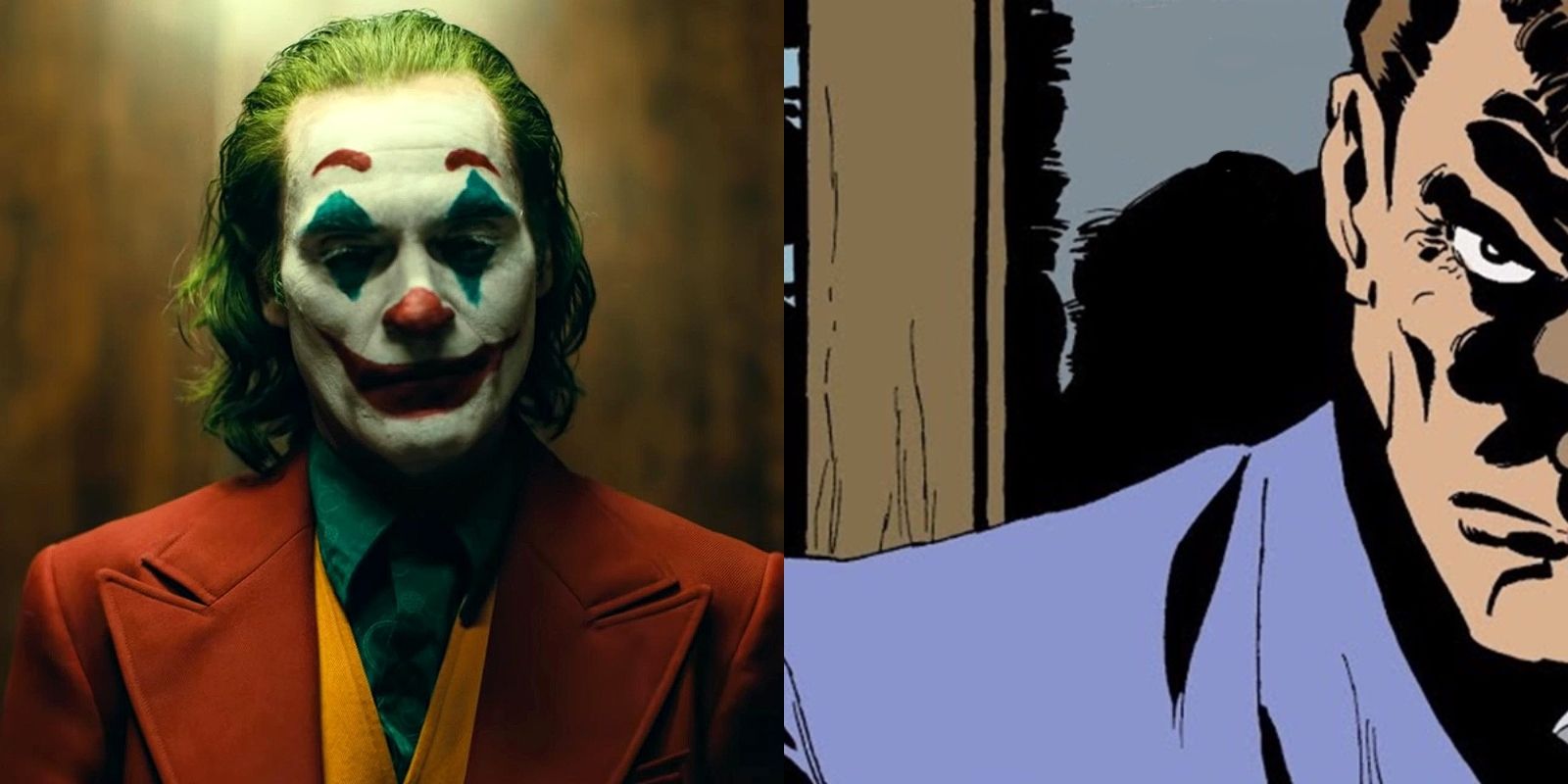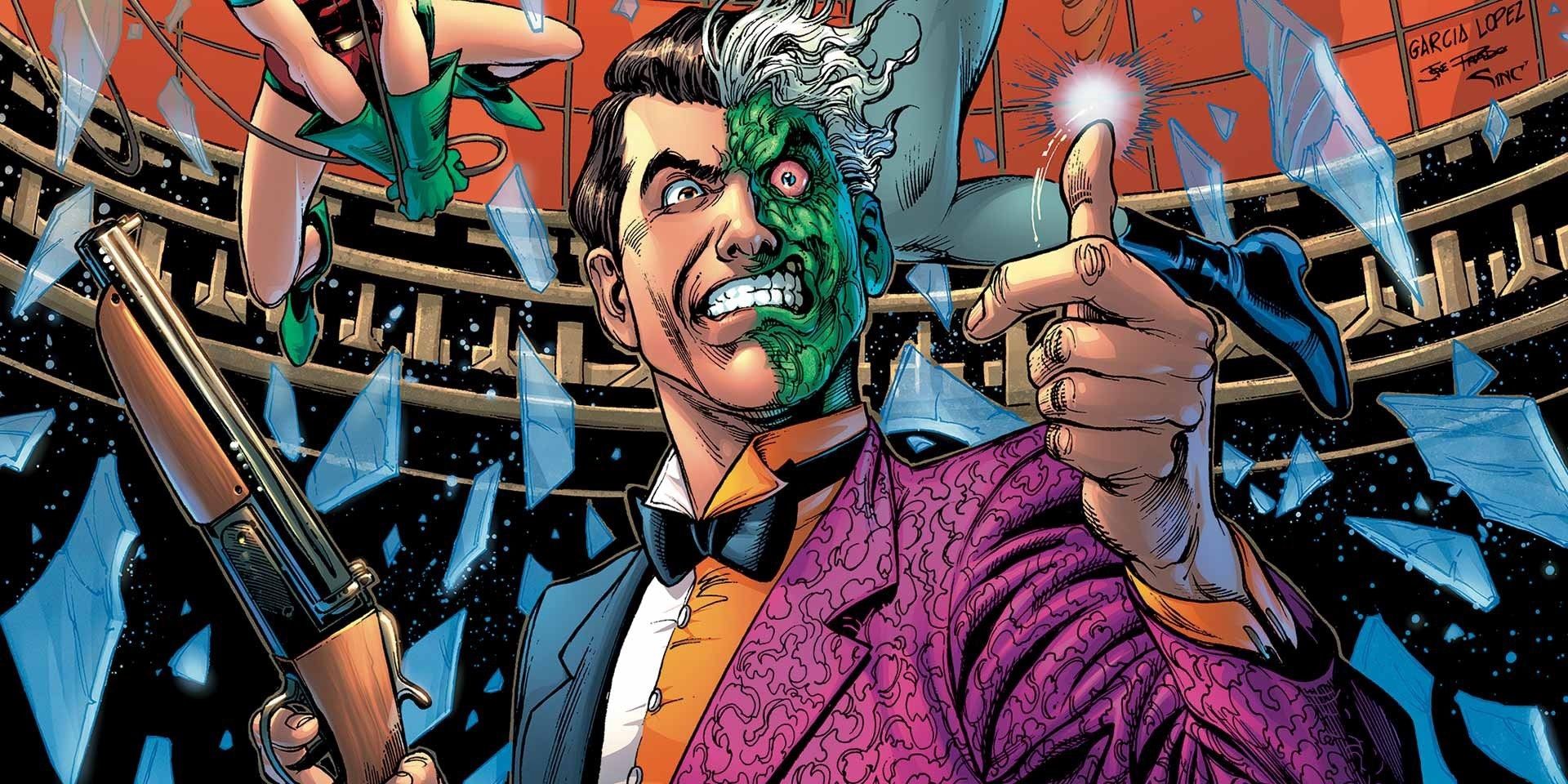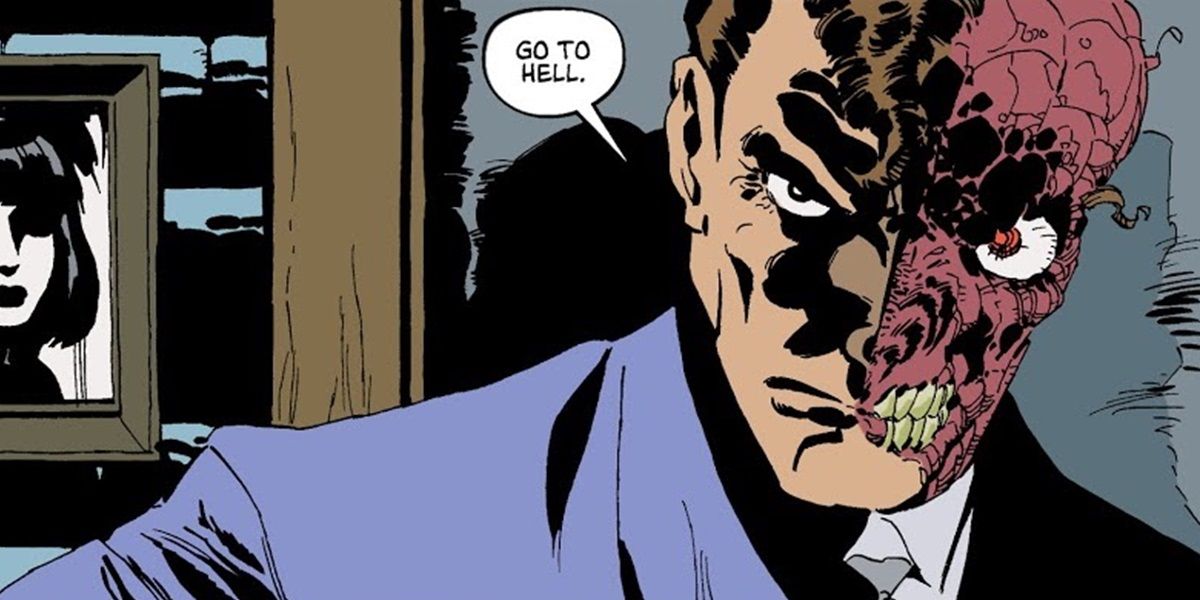
When Todd Phillips first pitched his Oscar-winning Joker movie to Warner Bros., he proposed a new label called “DC Black” that would release darker, R-rated standalone takes on classic DC Comics characters. Warner decided not to set up an official label and instead just gave Phillips free rein to write and direct Joker as he wanted, so they could see how that would do before proceeding with any new official DC label. But Joker was an unprecedented hit, sparking worldwide conversations (mostly about whether it would inspire real-life violence) and grossing over $1 billion at the global box office, the first time ever for an R-rated effort, and Warner hasn’t done anything with the DC Black label since.
The Clown Prince of Crime isn’t the only DC character primed for a dark, R-rated character study. From Catwoman to Lex Luthor to Batman himself, a ton of the imprint’s darker characters are crying out for a one-off hard-R cinematic deep-dive exploring their stories’ more complex, disturbing themes. One Batman villain whose story could become a great film in the hands of a visionary director (i.e. not Todd Phillips) is Two-Face. The saga of Harvey Dent is effectively a tragic legal drama that ends with a good man becoming a villain.
RELATED: 'Joker' Completely Ripped Off This Classic Underrated Movie
Harvey Dent’s journey from one of the most respected attorneys in Gotham, locking up the evil villains lurking throughout the city, to joining those villains’ ranks as Two-Face, is crying out to be turned into a Joker-style R-rated character study. The arc of a good man being corrupted can be seen in some of cinema’s most celebrated classics, from The Godfather to There Will Be Blood. A lawyer taking on the criminal underworld of Gotham City is also primed to be a classic film noir in the mold of The Big Sleep or Kiss Me Deadly, exploring urban decay, political corruption, and the moral gray area between good and evil.

Two-Face’s coin is an interesting piece of iconography that Joel Schumacher and Christopher Nolan both failed to make full use of. The Coen brothers’ No Country for Old Men proved that, in the hands of a master of suspense filmmaking (or two masters), a coin flip that decides somebody’s fate can make for a tense, eerie, unforgettable cinematic moment.
Aaron Eckhart gave a fantastic performance as Dent in The Dark Knight, and his role as Gotham’s “white knight” was crucial to the movie’s thematic deconstruction of the Batman myth, but he was ultimately the secondary villain to Heath Ledger’s Joker. Unlike most other Batman movies, Nolan used the stock secondary villain effectively in The Dark Knight. Corrupting Dent is key to the Joker’s plan to expose the fragility of civil order. In the context of that movie, Eckhart’s Dent works perfectly as a supporting character – a foil for both Bruce Wayne and Batman, Commissioner Gordon, and later the Joker. But the character is complex enough to support his own movie as an antihero.
Whereas Joker was painfully on-the-nose in the ways it imitated Taxi Driver and The King of Comedy, a Two-Face movie would take from the subtler themes and ideas of existing classics instead of outright copying them. While Joker bumbled through its commentary on mental health and class issues and ultimately ended up with mixed messages, a Two-Face movie would cover the broader subject of humanity’s corruptibility. If Dent takes the spotlight instead of being relegated to a villain role, then his arc can be given the depth and scope of Walter White’s transformation into Heisenberg in Breaking Bad.

Phillips deliberately avoided drawing from any comics when he was making Joker, although the final piece has some parallels with The Killing Joke. The Two-Face movie would be wise to avoid adapting any specific comics and just focus on being a movie first. It can take ideas and inspiration from the comics – there’s certainly a rich history of stories about both Dent and the crime-ridden city he hopes to clean up – but what this movie would need to really work is a director with a clear vision for how to tell Dent’s story on the big screen. This is how James Mangold approached Logan, using Old Man Logan as more of a jumping-off point than an exact blueprint and instead taking influence from movie classics like Paper Moon, which also deals with a father-daughter road trip, and Shane, which also deals with an antihero trying and failing to outrun his past.
Essentially, Dent and Batman have the same goal – to rid Gotham City of crime and provide its citizens with security and, more importantly, hope – but whereas Batman is essentially incorruptible, Dent proves to be fallible when a horrific injury pushes him over the edge and turns him into the very thing he was determined to vanquish. With the right execution, this story can be told as a powerful crime epic.

